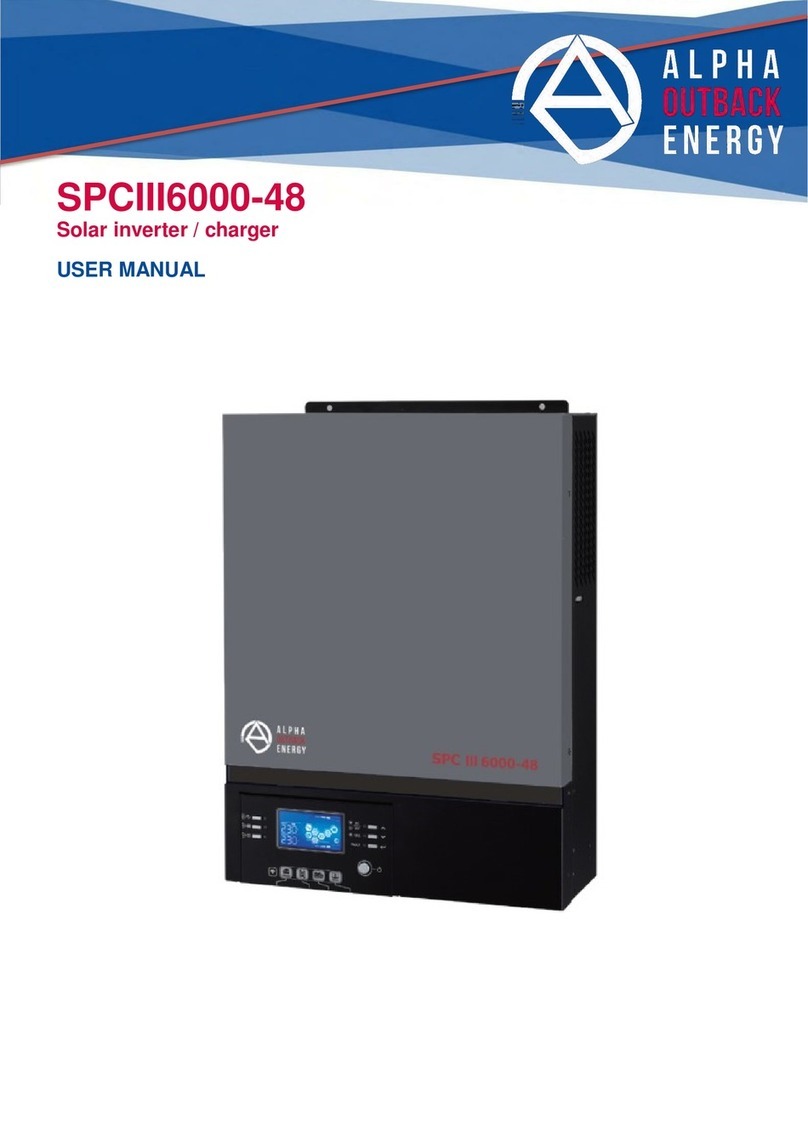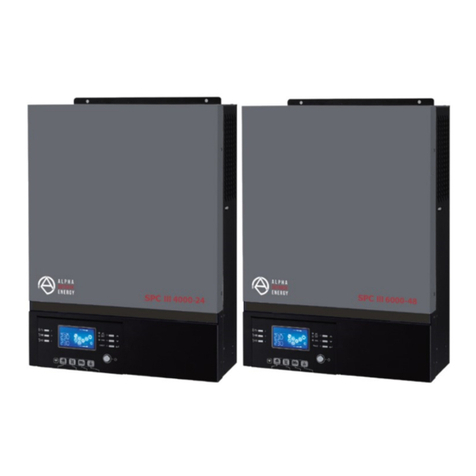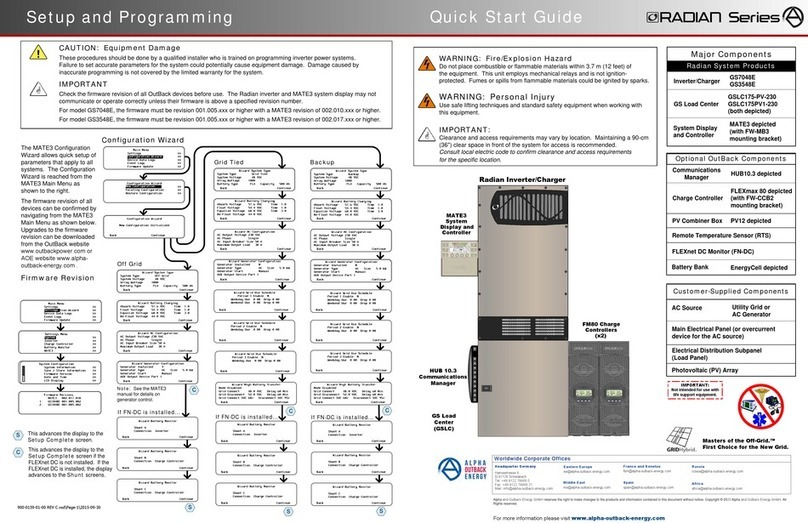
Table of Contents
ABOUT THIS MANUAL .................................................................................................................................................. 1
Purpose ................................................................................................................................................1
Scope ...................................................................................................................................................1
SAFETY INSTRUCTIONS .............................................................................................................................................. 1
INTRODUCTION ............................................................................................................................................................. 2
Features................................................................................................................................................2
Basic System Architecture.......................................................................................................................3
Product
Overview
...................................................................................................................................4
INSTALLATION ............................................................................................................................................................... 5
Unpacking and Inspection.......................................................................................................................
5
Preparation............................................................................................................................................5
Mounting the Unit ..................................................................................................................................5
Battery Connection.................................................................................................................................
6
AC Input/Output Connection...................................................................................................................7
PV Connection .......................................................................................................................................8
Final Assembly.....................................................................................................................................11
Remote Display Panel Installation.......................................................................................................... 11
Communication
Connection................................................................................................................... 13
Dry Contact Signal ...............................................................................................................................13
BMS
Communication
..............................................................................................................................13
OPERATION ...................................................................................................................................................................14
Power ON/OFF.....................................................................................................................................14
Inverter Turn-on ..................................................................................................................................14
Operation and Display Panel .................................................................................................................15
LCD Display Icons ................................................................................................................................16
LCD
Setting
..........................................................................................................................................18
LCD Display.........................................................................................................................................34
Operating Mode Description..................................................................................................................39
Faults Reference Code..........................................................................................................................42
Warning Indicator ................................................................................................................................43
BATTERY EQUALIZATION .........................................................................................................................................44
SPECIFICATIONS .........................................................................................................................................................45
Table 1 Line Mode Specifications ...........................................................................................................45
Table 2 Inverter Mode Specifications......................................................................................................46
Table 3 Charge Mode Specifications.......................................................................................................47
Table 4 General Specifications ...............................................................................................................48
TROUBLE
SHOOTING
...................................................................................................................................................49
Appendix I: Parallel function (Only for Parallel mode) ..................................................................................50
Appendix II: BMS Communication Installation.................................................................................................62
Appendix III: The Wi-FiOperation Guide in Remote
Panel
..........................................................................70






























